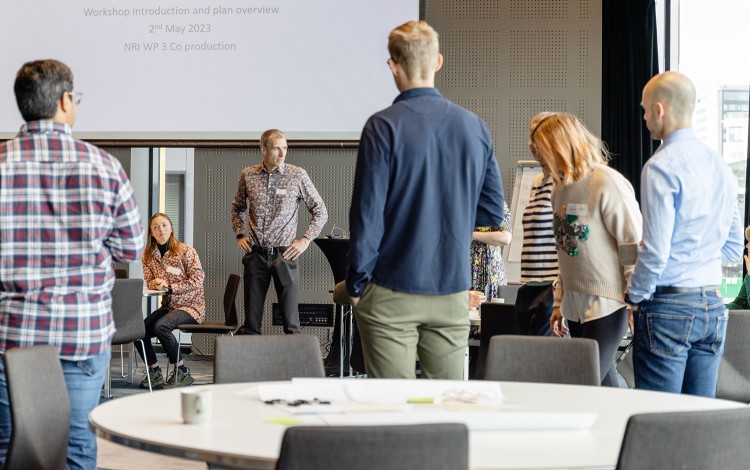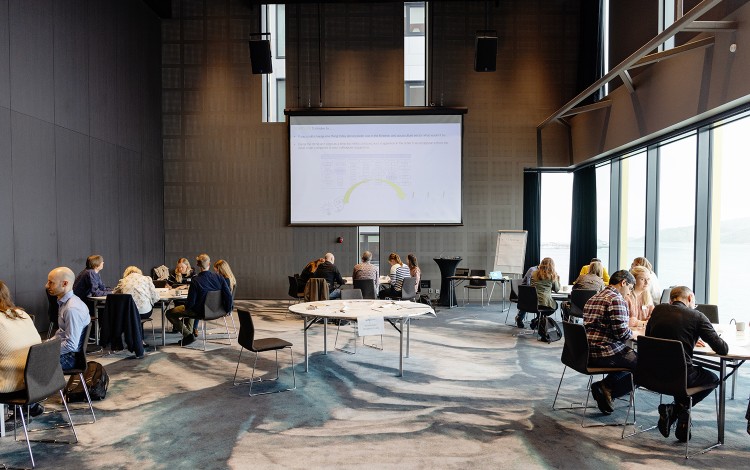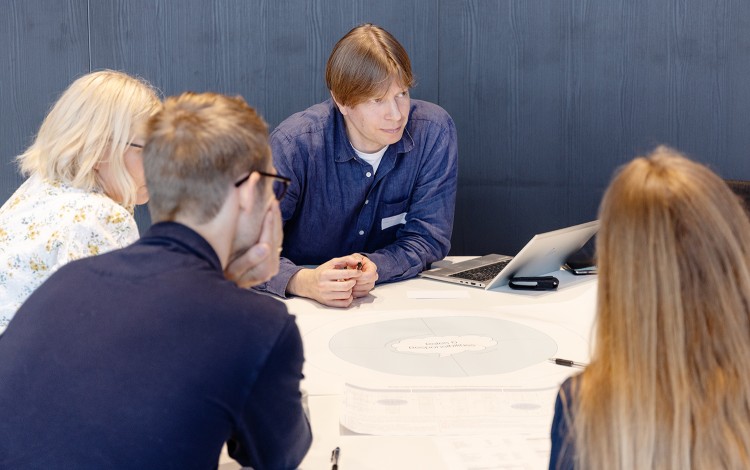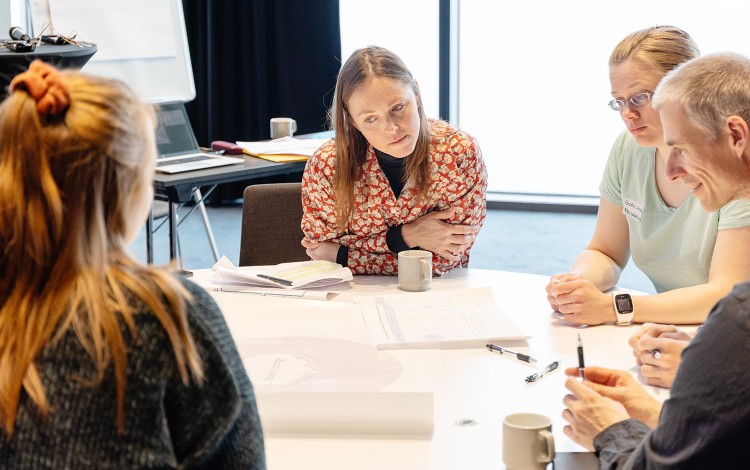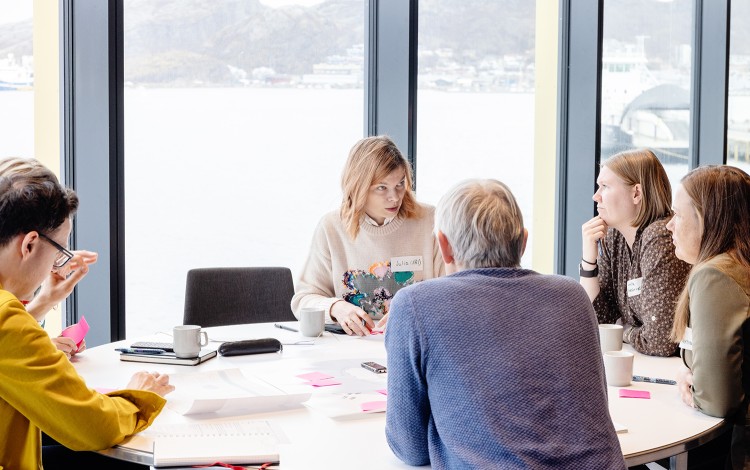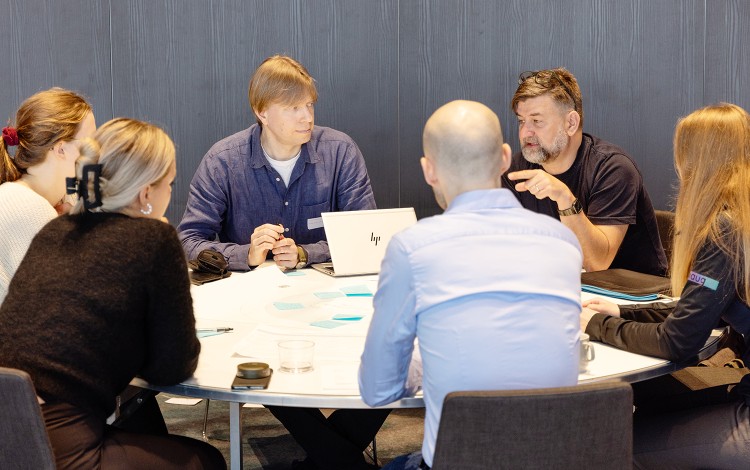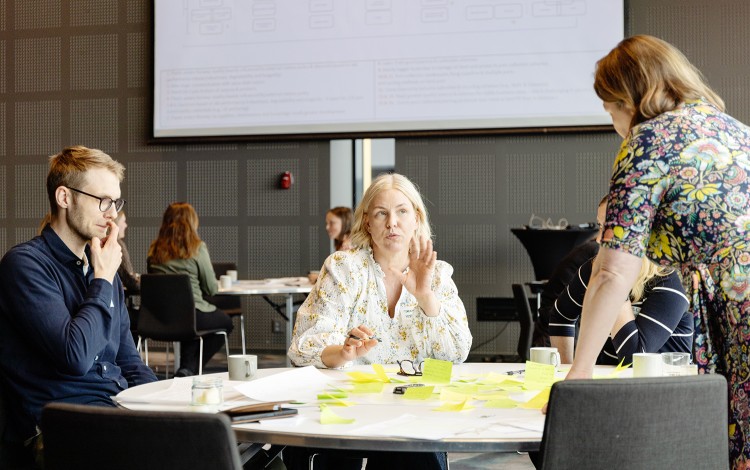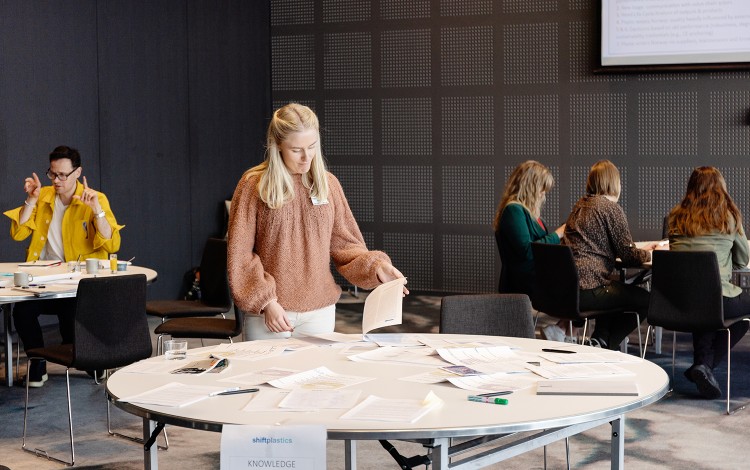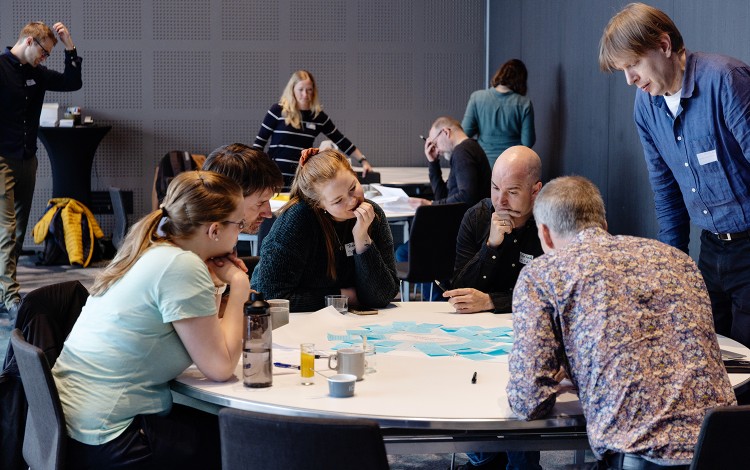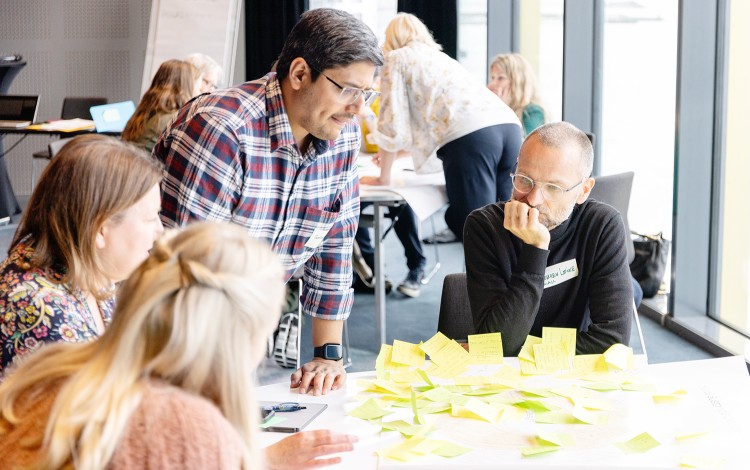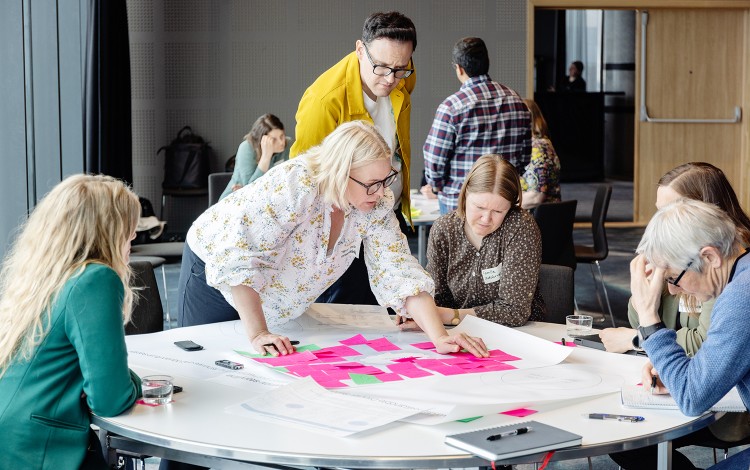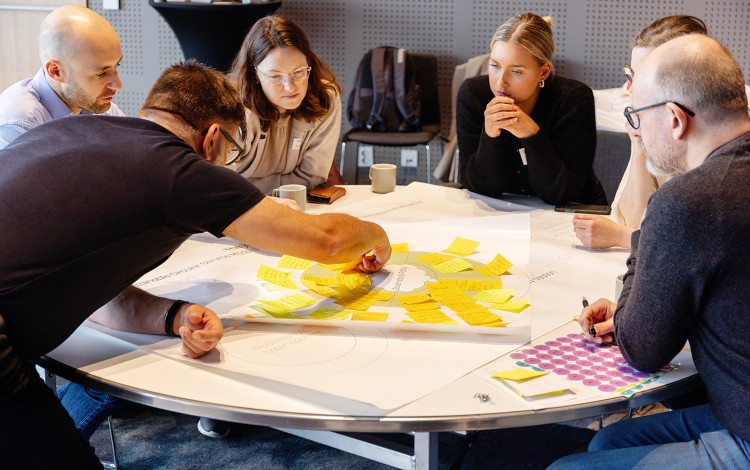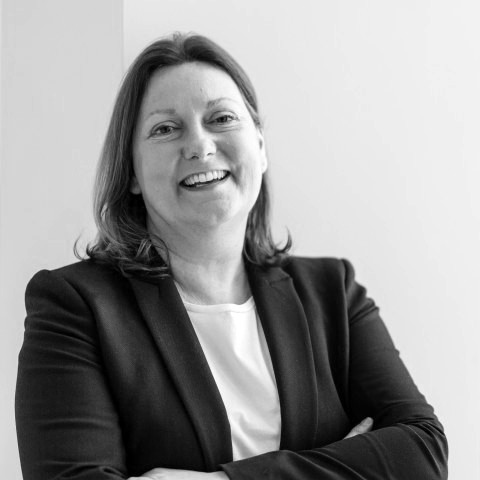Co-created new solutions for handling plastics in fisheries and aquaculture
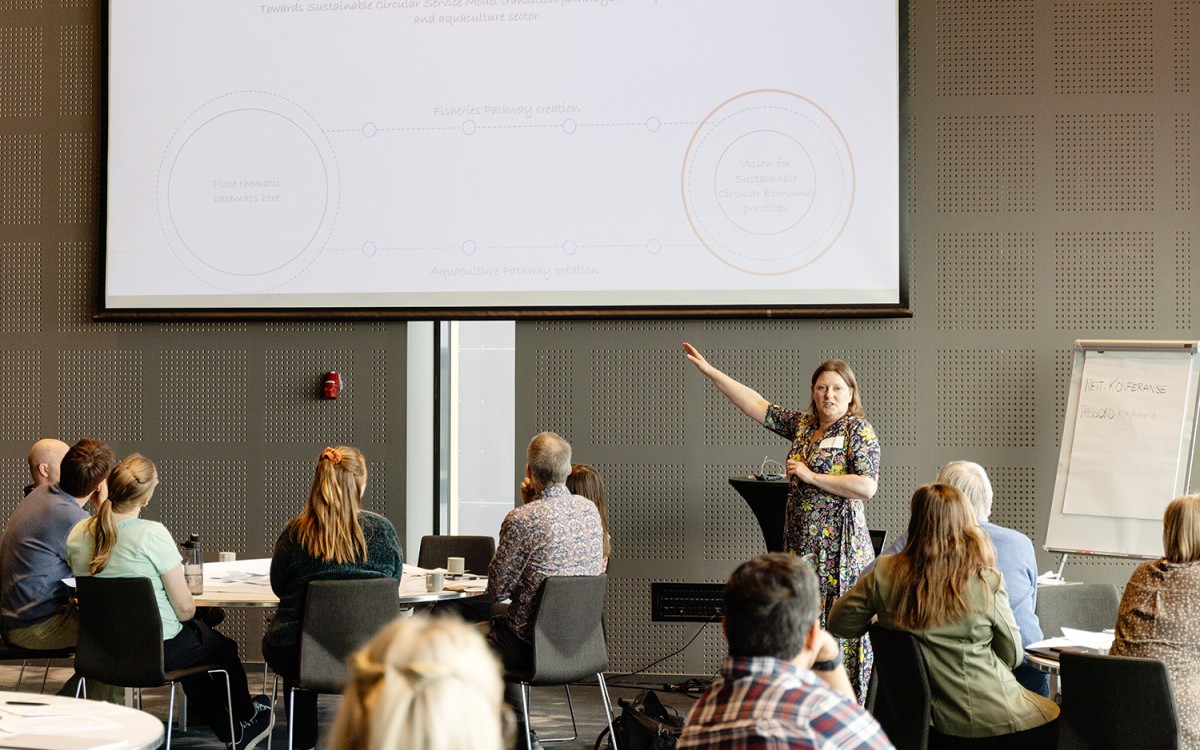
A total of 37 partners in the Shiftplastics project took the trip to Bodø and the second workshop with a focus on how we can introduce more circular handling of plastics within fisheries and aquaculture in Norway.
Earlier this year, Shiftplastics partners got together to find new solutions to the plastic issue.
- This workshop builds on the first one. That time we mapped where the plastic enters the value chain, now we are working thematically to find more circular practices for the handling of the plastic, says Megan Palmer-Abbs, deputy project leader of Shiftplastics.
Common understanding
The workshop brought together experts from the entire value chain, from the private and public sector, from academia, from member organizations and from companies operating in fisheries and aquaculture.
- We want to create a better understanding of the key findings from the first work workshop. An important goal was to create a common understanding of what the transition to a more circular system might look like, says Palmer-Abbs.
- To manage that, we had to decide on some main points from the discussions and agree on a set of key principles for more circular economic business models within fisheries and aquaculture.
Report for autumn
Topics that were discussed were materials, design, governing powers and politics, roles and responsibilities, as well as society and change.
- The participants were asked to envisage more circular practices within these subjects and establish key principles for how the fisheries and aquaculture sectors should handle the most problematic plastic-based products, such as ropes, trawls, seines and nets, pots and buoys and floating elements , says Palmer- Abs.
The results of the workshop will be revealed in the project's second report from the work package on co-creation, which will be published in the autumn.
- The report will show how we envisage changes in the system, to create more circular handling of plastics within fisheries and aquaculture, says Palmer-Abbs.
Pictures from the work workshop. All photos: Marta Anna Løvberg

